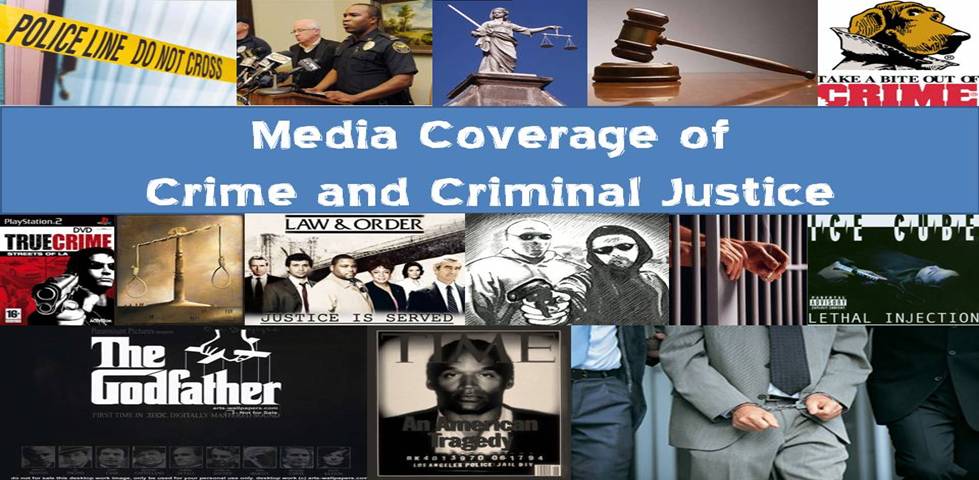For years they've been doing it, even with increasing frequency.
But only in some places. And against some people.
Which is why many have alleged it is being used to engage in racial profiling.
For example, the New York City Civil Liberties Union claims that, from 2002 to 2011, black and Latino residents made up close to 90 percent of people stopped, and about 88 percent of stops – more than 3.8 million – were of innocent New Yorkers. Even in neighborhoods that are predominantly white, black and Latino New Yorkers face the disproportionate brunt. For example, in 2011, Black and Latino New Yorkers made up 24 percent of the population in Park Slope, but 79 percent of stops. This, on its face, is discriminatory.
So I don't find it surprising that a key part of the NYPD’s controversial “stop and frisk” tactic has been ruled unconstitutional. From NY Daily News:
Manhattan Federal Court Judge Shira Scheindlin ordered police to refrain from making trespass stops outside private residential buildings — even though the landlord has given officers permission to do so as part of the NYPD’s “Clean Halls” program.
"While it may be difficult to say when precisely to draw the line between constitutional and unconstitutional police encounters such a line exists, and the NYPD has systematically crossed it when making trespass stops outside buildings," Scheindlin wrote in a 157-page ruling.
The New York Civil Liberties Union argued in an eight-day hearing in October that “Clean Halls,” which exists only in the Bronx, leads to people being hassled by cops and sometimes cuffed near their own abode for no legitimate reason.
Read more: http://www.nydailynews.com/new-york/nypd-controversial-stop-frisk-policy-ruled-unconstitutional-article-1.1235578#ixzz2HPV2AwdC
Search This Blog
Tuesday, January 8, 2013
Monday, January 7, 2013
Crime in the news today
As usual, even with a new year upon us and all the hope that accompanies it, crime remains in the news today. And a lot of it deals with guns:
Georgia mom home alone with kids shoots intruder (yay for guns!)
Police investigate triple shooting at Philly biker club (boo on guns!)
Man on run after allegedly setting girlfriend on fire
- Infant dies after mother posts murder-suicide note (boo on guns!)
Iowa officer battles against sexual movies in prison
- Infant dies after mother posts murder-suicide note (boo on guns!)
- Grisly details likely in theater rampage (boo on guns!)
- Sandy puts crime evidence in doubt

- Rand Paul's teen son arrested
- Victim single; rape conviction tossed
- Four dead after Aurora standoff (boo on guns!)
Subscribe to:
Posts (Atom)

